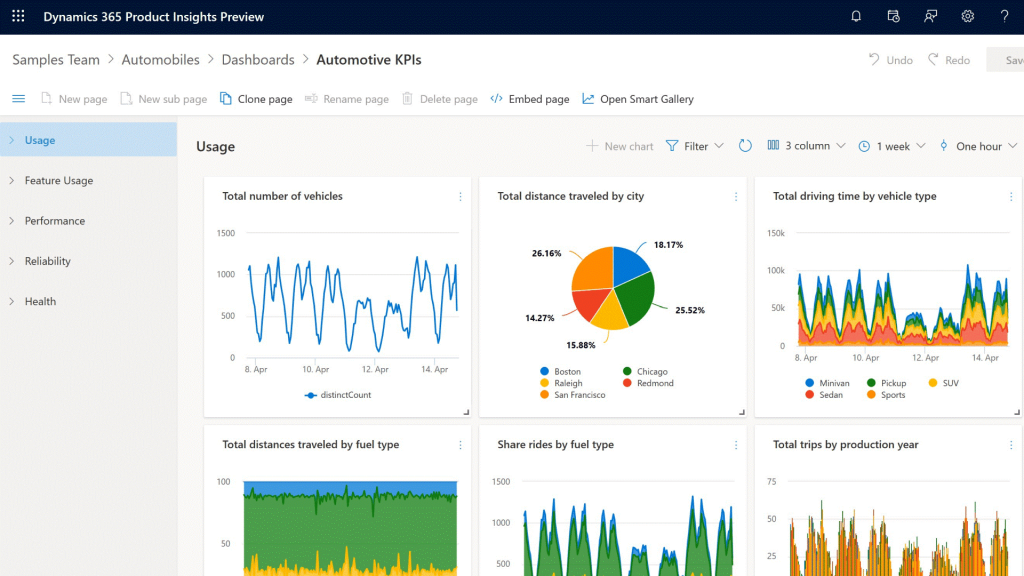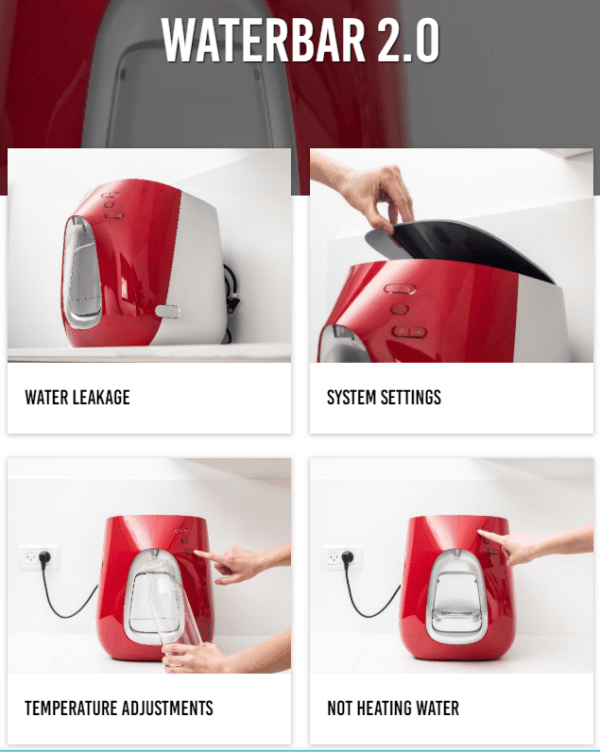Consumer insight is an evolving theme within innovation and customer experience; it has become an essential part of ensuring organizations capture, understand and act on how their audience interacts with their brand.
The rise of intelligence into consumer usage
In her “Reaching New Understandings” article, my colleague Jennifer Rozin has discussed the way in which customer feedback has developed as a technology and process so that it has now become more intrinsic and accessible. I wanted to take the baton and delve deeper into how products themselves can more easily be adapted by manufacturers by the very way in which they are being used.

Indeed, in their “Industrial Manufacturing Trends 2020” report, PwC clearly identified an approach to product development held by “high-leverage innovators” in the sector, who “developed deep end user insight and rigorous portfolio management of their R&D effort”. These successful manufacturers could also show faster recovery in times of recession and even profit.

Think of the traditional route to market of a product (unfortunately coined as the “sell and forget” model). Focus groups might have had early access to prototypes, feedback collected, and R&D would make the necessary adjustments based on this supposedly representative group of people’s opinions. This may have taken weeks or even months before a product is launched into the market and then analysis based on sales figures and returns then start the loop all over again of product tweaks.
Has the product hit the mark? Does it work? How are customers reacting? How are competitors reacting? What changes do we need to make in order to optimize commercial success and the customer experience?
In a nutshell, this approach costs time and money and has a level of risk by being so exposed in the market.
As ever, with innovation; things can only get better (remember that 80s track by Howard Jones back in the day?). Agility and intelligence are our friends. By embedding technology into the products or even the user manuals, brands are getting instant and ongoing feedback into product consumption without having to ask for feedback as a separate exercise. I’ll give two examples.
Product development supported by Artificial Intelligence
As Jennifer Rozin Bensamoun already mentioned, Microsoft Dynamics 365 Product Insights is currently in preview and transitioning to become a capability of Customer Insights but no matter where it will end up; along with Customer Voice it is a clear signal of the importance to Microsoft and their users of intuitive and built-in intelligence along the customer journey.
Organizations achieve real-time visibility into their connected physical product and digital experiences by collecting signals and acquiring a live stream of data for analysis. When data is being explored and shared across the business; then AI steps in and suggests areas to explore further. This isn’t just about predictive maintenance scenarios, but about providing deep analysis into the features and functions that are (and are not) being used by consumers. This can not only lead to products developed that really hit the mark, but also additional support and services to offer to customers to ensure they are getting the most out of your products.

Digital user guides to maximize user adoption
One of the consumer frustrations when they buy a new product is how to make the best use of it, quickly and easily. This isn’t just confined to the self-build scenario (although it does highlight an easily identifiable challenge that we can all identify with, when faced with reams of paper-based instruction manuals) but to how we can personalize and make it our own post-purchase. Buyer’s remorse is real folks, and it’s not the consumer’s problem.

An innovation partner that I’ve had the pleasure of working with at Prodware (providing an integration with Microsoft Dynamics 365 Customer Engagement for service scenarios) is Makeree. Their platform provides the technology for brands to help overcome this challenge, resulting in a positive customer experience, reducing returns and extending the lifetime value of their product.
Makeree technology provides the brand feedback with valuable data and insights into how customers use the product and where they get stuck. Data analytics identify potential design issues and improve products . These signals can identify where the end user gets “stuck” so that customer service can add this challenge into their FAQ/KnowledgeBase to avoid this from happening in future.
From an end user point of view, those hard to understand paper manuals are a thing of the past. The digital, interactive step-by-step guides can include short videos, still images, 3D models, text, clickable icons, popups, question pages and call-to-actions, all to help customers better set up, use and maintain your products.
What I wanted to illustrate from these two innovation examples, is that no matter where the consumer is in their product experience journey with you, you do not have to wait in order to gain insight or indeed ask them to provide feedback as a separate and disjointed exercise. I don’t need to remind anyone reading this of the need for speed in a fast-changing market, regardless of sector and this is another tool in a manufacturer’s kit.
I’d be interested to hear how you integrate customer feedback and usage into your R&D, marketing and sales activities; is it how I have described above or is this welcome news to your ears?






